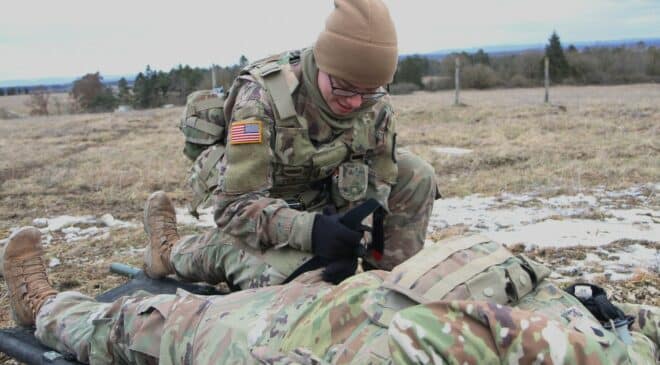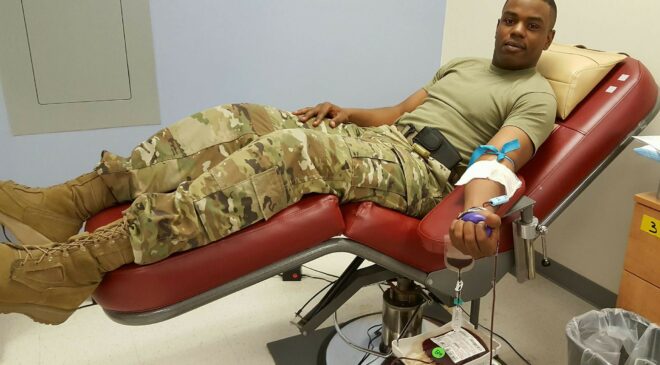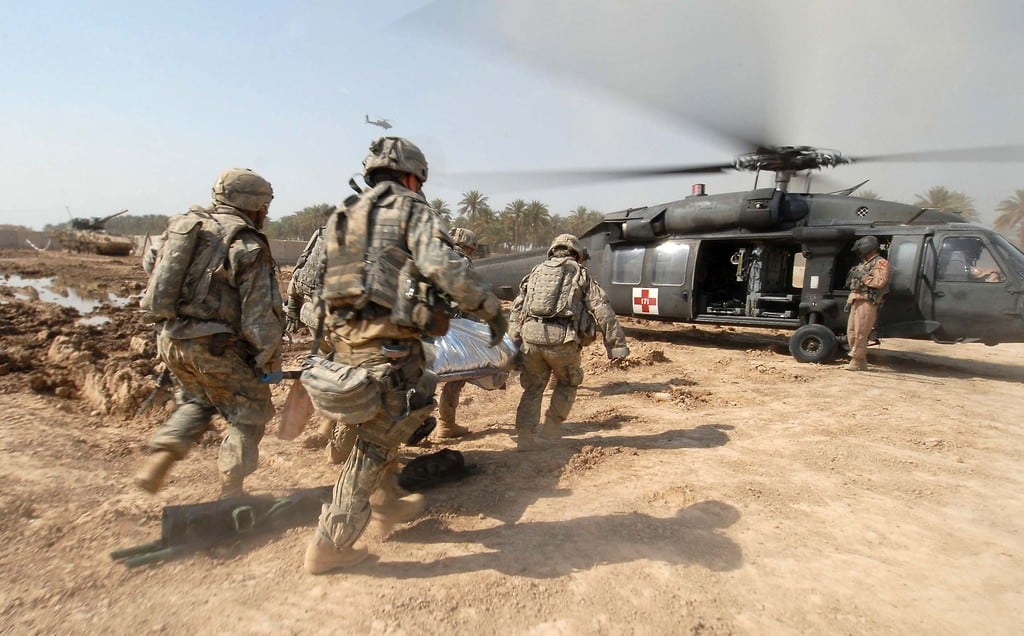The US Army's Armed Services Blood Program presented the numerous transformations undertaken to anticipate a conflict with China in the Pacific, and its specific constraints.
In this section:
It is common, not to say easy, to focus attention on the necessary evolution of the formats of armies and that of their equipment, when we discuss the changes underway in terms of threats and risks of conflict.
Certainly, the vast majority of Western armies, including the US Army, had profoundly transformed their entire organization and adapted their equipment for asymmetrical engagements such as in Afghanistan, Iraq or Mali.
However, if the evolution of battle tanks and mechanized brigades obviously takes on a major dimension, these are not the only essential elements to transform to prepare for a high-intensity conflict, facing Russia or China in particular.
Thus, significant efforts are being undertaken, particularly across the Atlantic, to adapt the entire support chain for combat forces, such as logistics, command and coordination, particularly in the face of the specificities of the Pacific theater characterized by its immensity and its naval dimension.
The stakes of the blood chain in the event of conflict with China
La reorganization of war medicine and blood chain is also one of these priorities for the US Army. Indeed, during the last 60 years, the collection, storage, transport and use of blood bags, essential to increase the survival rate of soldiers injured in combat, was organized with the assurance of having lines permanent and functional logistics.

This organization was then satisfactory in all theaters of operation, whether the European theater during the Cold War, asymmetric wars post-Cold War, or regional conflicts.
These certainties disappear in the hypothesis of a conflict facing China in the Pacific, which would be characterized by stretched and fluctuating logistical lines, forcing combat units to have much more autonomy, including in immediate treatment. wounded, especially during the famous “golden hour”, which considerably affects the chances of survival of an injured soldier.
It is in the face of these constraints that the US Army Medical Services Command has undertaken to transform the entire blood chain, with the aim of responding to the challenges of a conflict with China in the Indian theater. -peaceful.
The Theater Blood Mobile to organize the blood chain
This development is based on several advances and transformations. Thus, the US Army medical services are now deploying a new version of an expert-type information system, the Theater Blood Mobile, capable of organizing both stocks and the proven and predictable needs of the soldiers engaged. in combat, and the entire local civilian dimension, ranging from blood collection to the needs of civilian populations, including the specific risks of contamination.


75% of this article remains to read,
Subscribe to access it!
The Classic subscriptions provide access to
articles in their full version, and without advertising,
from 6,90 €.
Newsletter subscription
Register for the Meta-Defense Newsletter to receive the
latest fashion articles daily or weekly



[…] The Armed Services Blood Program of the US Army presented the numerous transformations undertaken to anticipate a conflict with China in the Pacific, […]